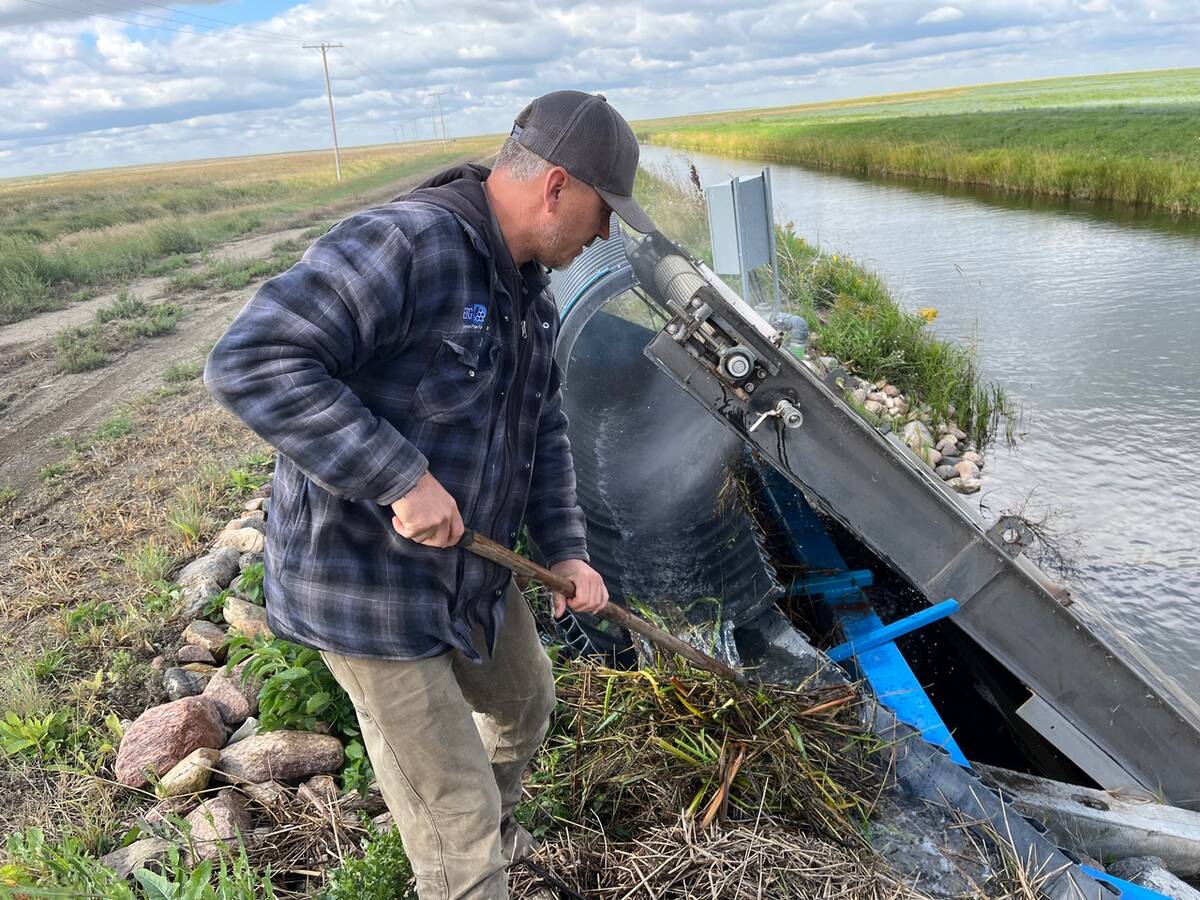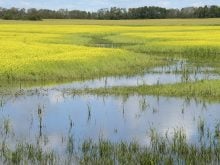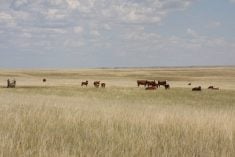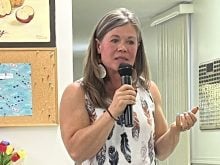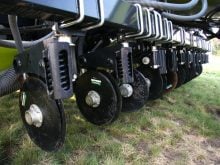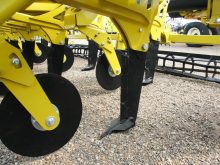OUTLOOK, Sask. — Clint Ringdal is on a mission.
He looks at land affected by too much water and wants to fix it.
His preferred method? Tile drainage in conjunction with irrigation.
Read Also
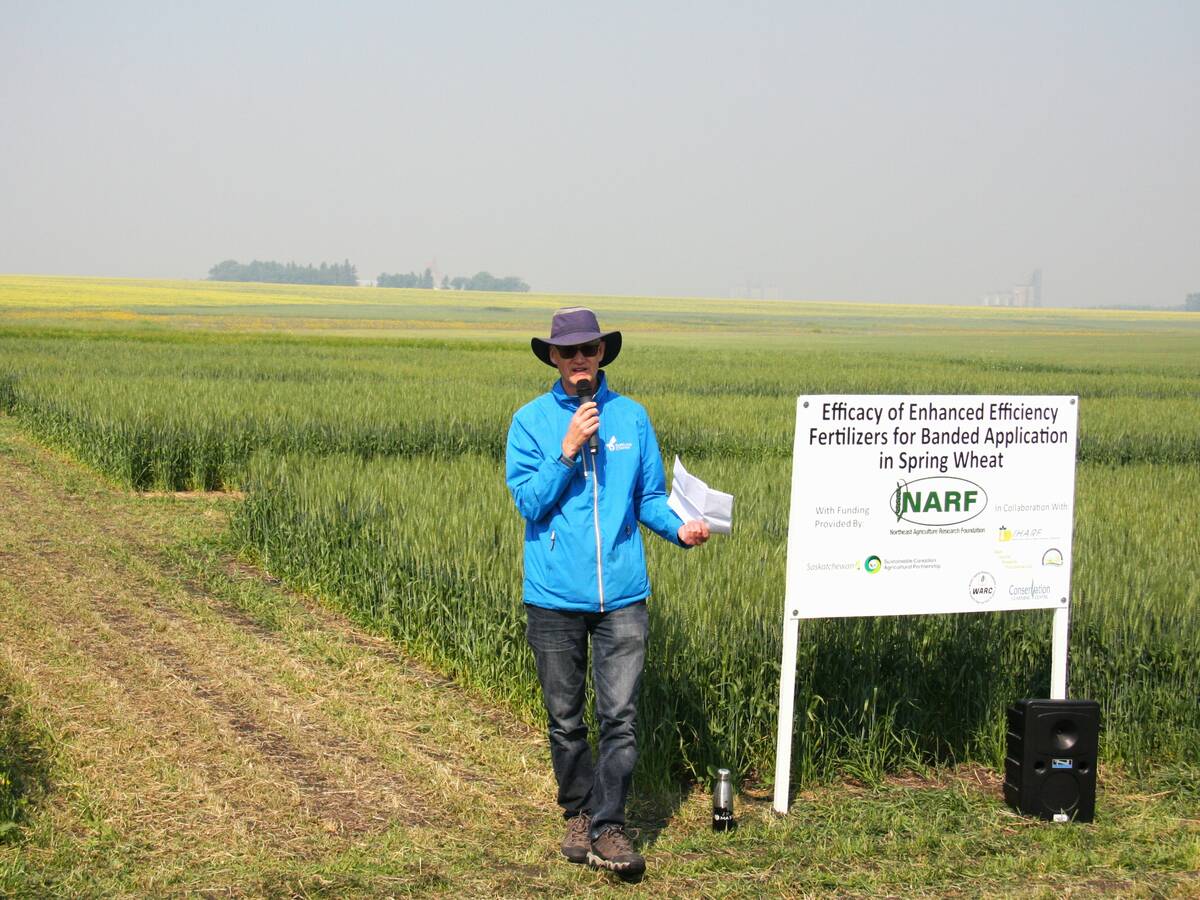
Fertilizer method’s link to emissions studied
A researcher says others studying greenhouse gas emissions aren’t considering how the loss of nitrogen into the atmosphere correlates with fertilizer application or if there is an impact to yield.
Ringdal farms alongside his family east of Outlook, Sask., where he irrigates some of his land from the Saskatoon South East Water Supply System, better known as the SSEWS.
Integrating both methods of water management results in higher yields, water efficiency, improved soils and less nutrient runoff, he said.
Tile drainage is common in other parts of Canada but less so in Saskatchewan. Ringdal has used it to manage water that has degraded flatter areas in a field and reclaim that land for food production.
“I’ve done all the math, run all the scenarios,” he said from his farm office about the benefits.
Ringdal, who has an environmental science degree, and the Water Security Agency are working together on a pilot project funded through the WSA’s research commitment in its agricultural water stewardship policy. Agricultural water management executive director Krystal Tendler said they knew tile drainage was being used in the Riverhurst and Outlook areas and wanted to understand how it affects water quality.
Tile drainage requires an outlet similar to a drainage project so that excess water moves out of the field. In Ringdal’s case, he is storing some of that water to create habitat.
The three-year project has just begun with WSA funding of $137,000. Tendler said it is likely to be extended to four years because more partners have come on board, including Irrigation Saskatchewan, the agriculture ministry and the federal agriculture department. They are seeking additional money to expand the project scope.
This year, the partners are sampling water at various points to get a baseline. The data includes water flow, quality and nutrients levels at field edge, the outlet and downstream locations. Ringdal’s irrigation infrastructure is also part of the project because the WSA is measuring water application and flow.
Tendler said because tile drainage is typically used to manage water levels and soil salinity, the WSA wants to know what happens further down the line and how to manage it.
“We know that tile is being used in many other jurisdictions quite intensively, but Saskatchewan is unique,” she said.
“Our soil is unique, our hydrology is unique and we have to apply some of the learnings from other jursidictions and see it for ourselves and how it’s going to work in Saskatchewan.”
Typically, when people talk about drainage in Saskatchewan, they mean ditches, many of which were dug decades ago and without permits. Many downstream landowners have complained about having water dumped on them.
Tendler said tile is intriguing because the pipe is only so big and acts as a natural flow control. That limits the concerns about downstream flooding
In Ringdal’s case, tile drainage mitigates heavy rainfall on his irrigated land. He is growing higher-value crops on that land and said a 60-millimetre heavy rainfall earlier this summer didn’t cause any crop loss.
The province’s economy is based on agriculture and namely soil, he said.
“Farmers should be able to improve it, not to the cost or expense of others, but I know I’ve taken degraded land and reversed it.”
He believes drainage has become an important tool for farmers because of higher land values.
“The land values never warranted it until the last 10 years,” he said.
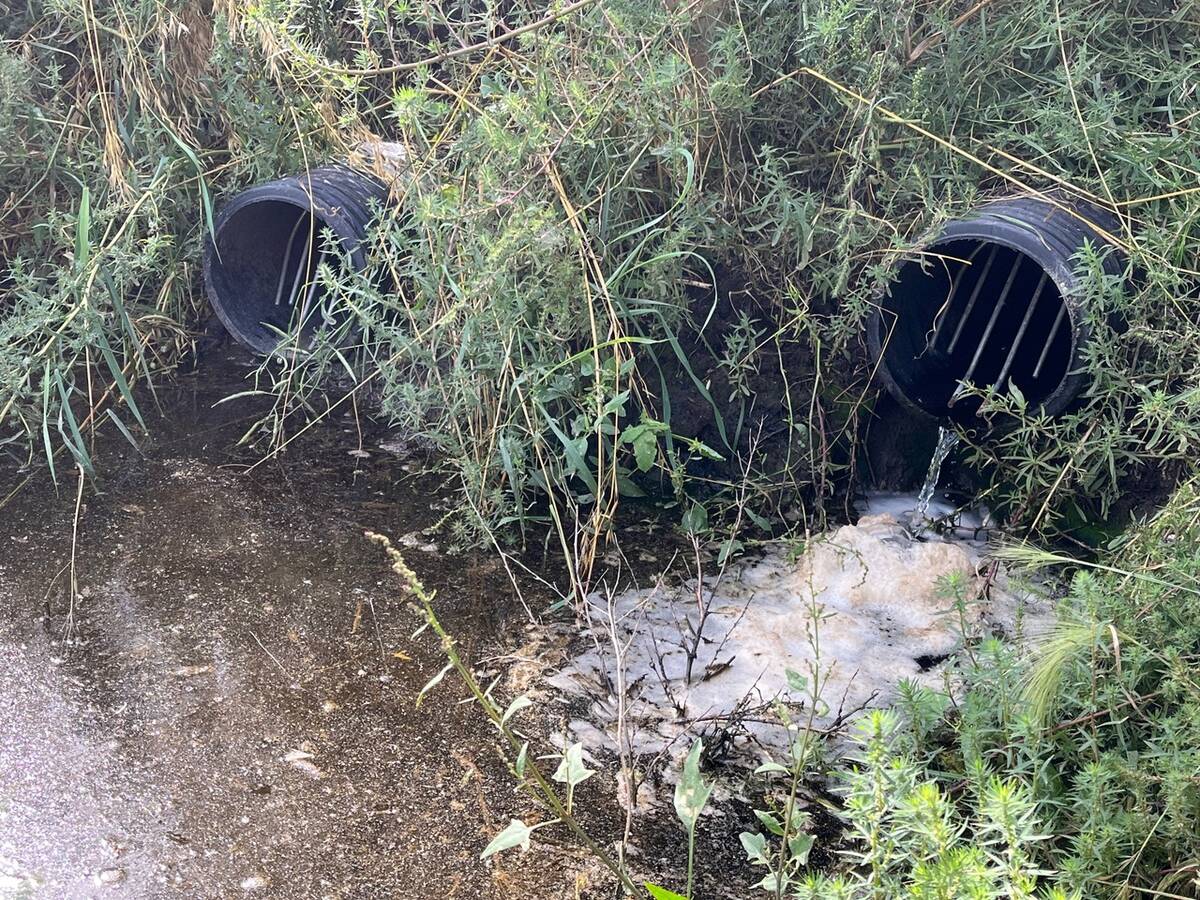
The improved soils are storing more carbon and there is less phosphorous runoff. Water moving through the tile and soil is filtering nutrients, Ringdal said. In some cases, it never even reaches the adequate outlet because the crop uses it.
Ringdal has done about 10 tile projects over the last 10 years on irrigated land and higher-value crops that face the most risk.
He said misconceptions about tile drainage have caused him some headaches, adding one of the local rural municipalities has been less than enthusiastic about his projects.
He said he has had trouble gaining approval to run pipe under RM roads and locate his irrigation structures closer to field edges because of a bylaw requiring them to be 150 feet from the road.
The RM of Rosedale said it has bylaws pertaining to setbacks and activities and is actually in the process of updating its zoning bylaw to change the setback to 75 feet.
“Also, before anyone is permitted to perform any work or install any irrigation or drainage work in a road allowance, they have to enter into an agreement with the RM,” said an emailed statement.
However, the RM denies it is anti-irrigation.
“The council of the RM of Rosedale welcomes the irrigation projects in our municipality and we have several in various stages of completion. To date, every application that was submitted has been approved,” it said.
Tendler said RMs have roles in both the drainage and irrigation approval processes. A drainage project, for example, that intends to cross a right-of-way or use an RM culvert has to be sanctioned by the municipality, she said.
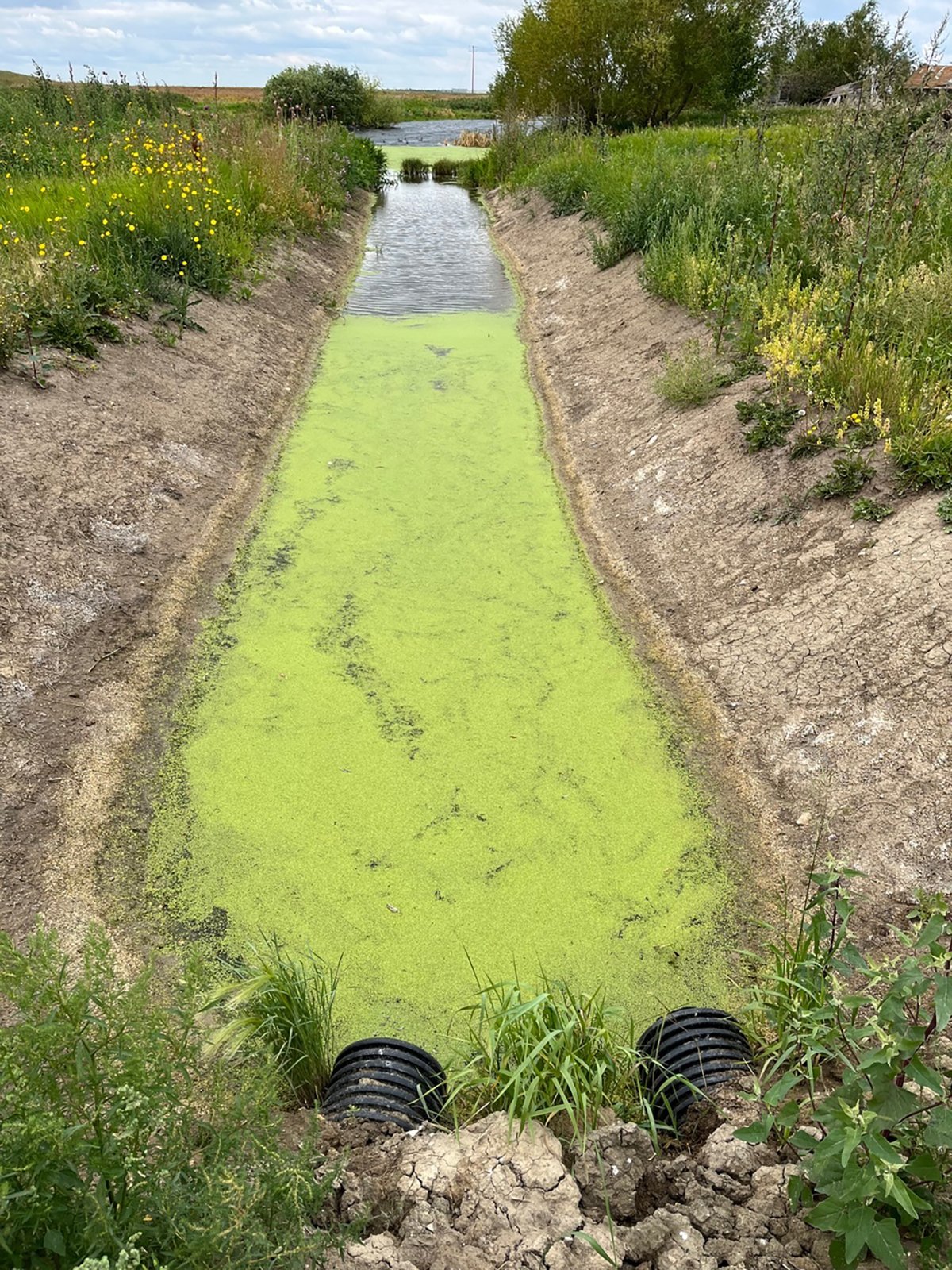
“Typically, most projects will in some way cross RM property and then the RM has an opportunity to look at the project and basically approve or deny it,” she said.
Ringdal said getting land control from neighbours and landowners who distrust tile drainage is a lengthy process and he wishes people could understand the improvements he is making. This year he has dry beans growing on a flood-prone area of a field that was saline and unproductive, thanks to the tile.
Meanwhile, in addition to the Outlook and Riverhurst projects, the WSA has a demonstration site at the Conservation Learning Centre in Prince Albert and is aware of other tile proposals that might be coming its way.
It’s not suitable for every landscape in the province, but Tendler said the built-in mitigation that comes with tile is worth examining.




